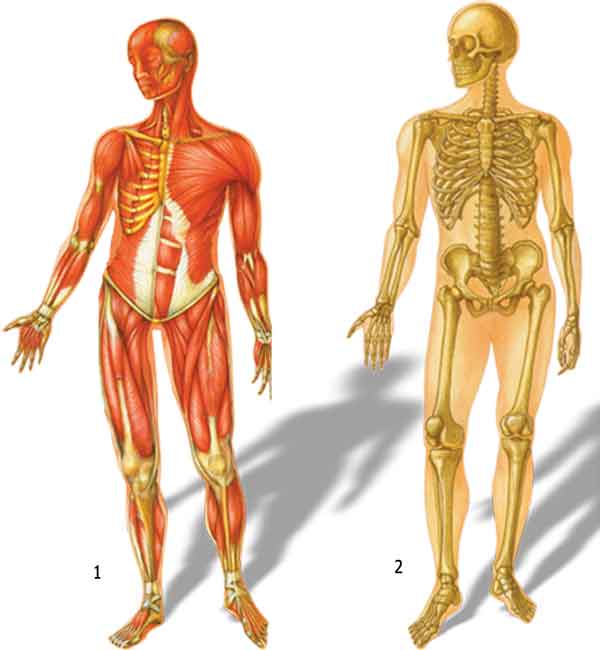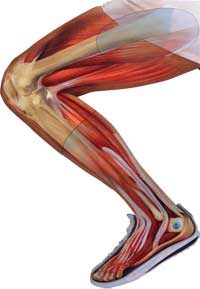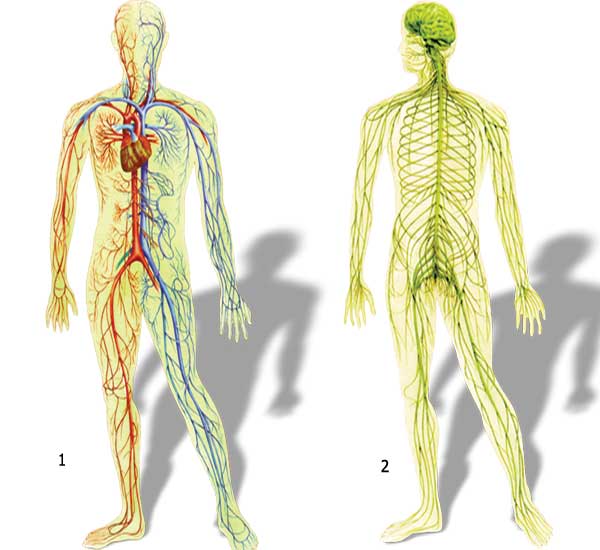DNA, the basic genetic material of all living things, is a long molecule resembling a spiral staircase, whose details we shall be examining in due course. DNA exists in all living things–human beings, flowers, birds, flies, and even bacteria. It contains all the necessary information regarding the features of the living cell and its regular operations. In addition, detailed information regarding a living thing's external appearance, the kind of structure it will have, how it will grow and how its organs will work, are all determined beforehand in DNA. For example, an individual's DNA contains information about such details as height, eye color and physical structure, how the body will defend itself in the face of which dangers, and how it will produce proteins, the building blocks of the cell. The DNA of a rosebush contains millions of pieces of detailed, coded information about its flower's scent and color, the structure of its thorns, the shape of its leaves and the thickness of its stems. DNA molecules are rather like blueprints that determine how a living thing will be constructed and function.
Human beings carry this molecule, which exhibits far greater knowledge than themselves, in every one of their cells. For example, a DNA chain is packaged in every cell in your eyes as you read these lines. There are DNA molecules in every cell in the fingers that turn over the pages of this book, in the cells of your heart and bones, and in every cell that makes up your body. What is more, they are constantly at work to keep the individual alive. The information theoretician Dr. Werner Gitt expresses the extraordinary range of the data in DNA:
It seems necessary to assume that in addition to its protein-coding portions, DNA contains countless additional levels of structure and function. Such stored information concepts are just as much required to code for the development of the smallest organelles such as the mitochondria and ribosomes, as for building the large organs (e.g., heart, kidneys, brain) and the overall integrated organism. As yet, no one has been able to decode this incredibly complex system.12
 |
| 1-Muscular System. All the details of these systems and others are recorded in the genetic information in DNA. |
As noted by Professor Gitt, the sphere of operation of the DNA's information is very broad. DNA does not determine just physical characteristics; at the same time it plans thousands of different functions throughout the cell, the body's organs and systems. Thanks to the information placed in DNA:
 |
| The structure of the joints, which give the human body its flexibility, is also encoded in DNA. |
Whole libraries of books could be written about the details in the human body, both known and as yet undiscovered. All are parts of a blueprint recorded in the DNA's data bank. In short, DNA acts as a planning center in every living thing, literally undertaking the responsibilities of architects, engineers, scent experts, botanists, laboratory technicians, interior designers, designers, artists, doctors and countless other experts and scientists. At every moment, Our Almighty Lord creates and controls these molecules that are in constant operation so that you can read these lines, see, breathe, think and in short, remain alive.
This fact is revealed in one verse of the Qur'an:
[Hud said,] "I have put my trust in Allah, my Lord and your Lord. There is no creature He does not hold by the forelock. My Lord is on a Straight Path." (Surah Hud, 56)
 |
| 1-The Circulatory System, All the information about these systems' structures and duties is present in DNA. |
As a very simple example, compare the information in DNA with a book. Obviously, no book can write itself. Even if we assume that this was in some way possible, it still will be absolutely impossible for anything written in that book to be meaningful. Based on this analogy, Prof. Phillip Johnson states that random coincidences can have no such power, ability or intelligence:
... just everybody (including Richard Dawkins) agrees that it is essentially impossible to produce a coherent book of average length by randomly combining letters, spaces and punctuation marks. Even a single sentence–like "In the beginning was the Word"–is extremely unlikely to come from pouring out a random mix of letters and spaces.13
No doubt that the data recorded in DNA have an incomparable structure more complex than the sentence. In the beginning was the Word, and that this complex structure cannot possibly have come into existence spontaneously or by chance. Moreover, all the trillions of DNA molecules possessed by billions of living things for millions of years have all been encoded with a perfect system, placed within an area too small to be seen with the naked eye and yet used in the most rational manner. That being so, there is a Creator Who plans and arranges human beings, their cells and their DNA in that flawless and perfect manner. That Creator is Almighty Allah. To maintain the opposite is to ignore the facts, reason and logic.
However, many who would quickly agree it is impossible for letters to arrange themselves into even three small words still manage to listen with no objection to the deceit that millions of atoms combined together by chance, one by one, in a specific sequence to create a molecule containing the equivalent of whole libraries of information. The sole reason for this is their blind devotion to Darwinism, which prevents some intelligent people from seeing the evident fact of Creation and leads them into the most irrational beliefs. Everyone freed from this preconception to use his intellect will clearly see that an infinite data bank such as DNA can only come into existence through being created.
When they are told, "Follow what Allah has sent down to you," They say, "We are following what we found our fathers doing." What, even though their fathers did not understand a thing and were not guided! The likeness of those who do not believe is that of the beast which, call out to it as one may, can hear nothing but a shout and a cry. Deaf–dumb–blind. They do not use their intellect. (Surat al-Baqara, 170-171)
 |
12. Werner Gitt, The Wonder of Man, Christliche Literatur-Verbreitung e.V., Almanya, 1999, p. 76.
13. Phillip E. Johnson, Defeating Darwinism by Opening Minds, InterVarsity Press, Illionis, 1997, p. 73.